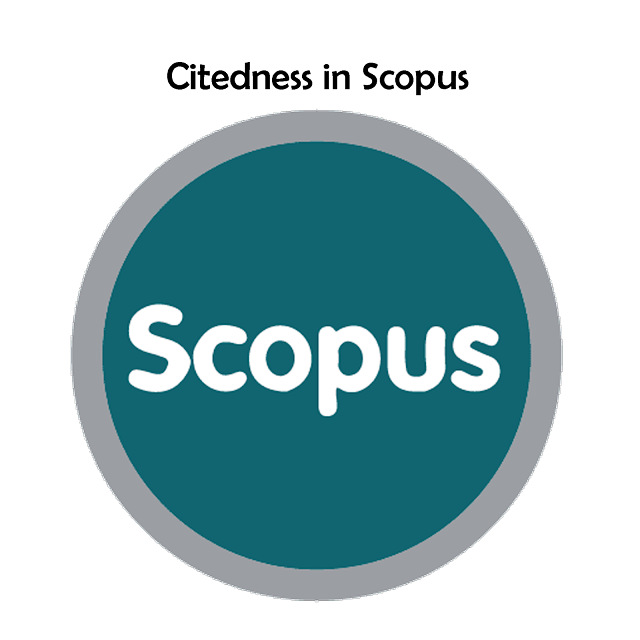Interaction Design of ITB Library Application Using User-Centered Design
DOI:
https://doi.org/10.15408/jti.v15i2.27956Keywords:
Online Public Access Catalogue, ITB Library, library, user experience goals, usability goals, user-centered designAbstract
The Technical Implementation Unit is a part of a university or institute that supports the three pillars of higher education, one of which is the library. Library has a large collection of resources that can be accessed through a library catalog. ITB Library is a mobile application that allows users to search catalogs, but it currently lacks optimal appearance and user experience. The aim of this final project is to improve the ITB Library by implementing a user-centered design approach, which focuses on understanding and addressing user needs. The end goal is to create a high-fidelity prototype that meets the usability goals of effective to use, have good utility, easy to learn, and the user experience goal of being helpful. To evaluate the design, usability testing was conducted on the prototype. Testing was evaluated using several metrics, including task completion rate (100%), System Usability Scale (SUS) (93/100), Single Ease Question (SEQ) (6.7/7), and Intrinsic Motivation Inventory (IMI) (6.7/7 for the value/usefulness subscale) during the third iteration. Based on the results of the testing, the interaction design of the ITB Library meets the usability and user experience goals that were set out to be achieved.References
E. Acheampong and F. G. Agyemang, “Enhancing academic library services provision in the distance learning environment with mobile technologies,” Journal of Academic Librarianship, vol. 47, no. 1, Jan. 2021, doi: 10.1016/j.acalib.2020.102279.
Y. Mehdipour and H. Zerehkafi, “Mobile Learning for Education: Benefits and Challenges,” 2013. [Online]. Available: www.ijceronline.com
E. Vassilakaki, “Mobile information services in libraries: A review of current trends in delivering information,” Interlending and Document Supply, vol. 42, no. 4, pp. 176–186, Nov. 2014, doi: 10.1108/ILDS-08-2014-0037
O. A. Surachman, “PENELUSURAN INFORMASI: sebuah pengenalan,” 2007. [Online]. Available: http://arifs.staff.ugm.ac.id
“OPACs and discovery systems (IEKO).” https://www.isko.org/cyclo/opac (accessed May 08, 2021)
J. Sun and B.-Z. Yuan, “Development and Characteristic of Digital Library as a Library Branch,” IERI Procedia, vol. 2, pp. 12–17, Jan. 2012, doi: 10.1016/J.IERI.2012.06.044
Jenny Preece, Yvonne Rogers, and Helen Sharp, “Interaction Design - Beyond Human-Computer Interaction, 5th ed. - Preece, Rogers, Sharp,” 2019
“Understanding Visual Hierarchy in Web Design.” https://webdesign.tutsplus.com/articles/understanding-visual-hierarchy-in-web-design--webdesign-84 (accessed Oct. 07, 2021)
A. Marcus and W. Wang, “Design, User Experience, and Usability Practice and Case Studies,” 2019. [Online]. Available: http://www.springer.com/series/7409
“Usability Metrics - A Guide To Quantify The Usability Of Any System - Usability Geek.” https://usabilitygeek.com/usability-metrics-a-guide-to-quantify-system-usability/ (accessed Oct. 30, 2021)
J. Brooke, “SUS: A quick and dirty usability scale,” 1996. [Online]. Available: https://www.researchgate.net/publication/228593520
“10 Things To Know About The Single Ease Question (SEQ) – MeasuringU.” https://measuringu.com/seq10/ (accessed Oct. 30, 2021)
J. Nielsen, “Usability Engineering” 1994. https://dl.acm.org/doi/book/10.5555/2821575 (accessed Oct. 10, 2021)







